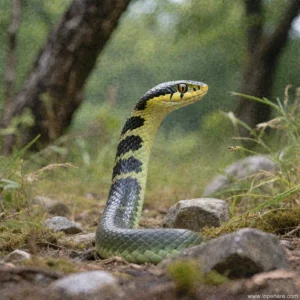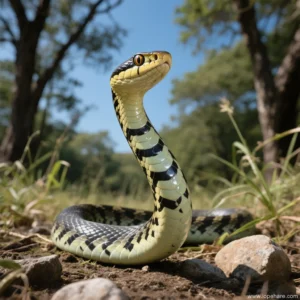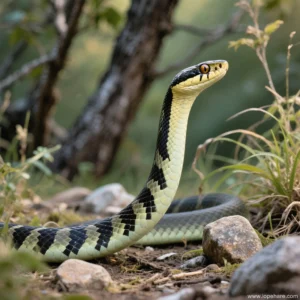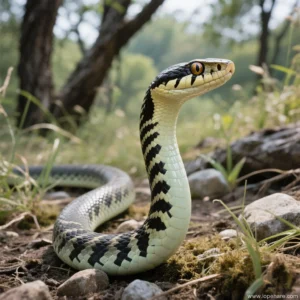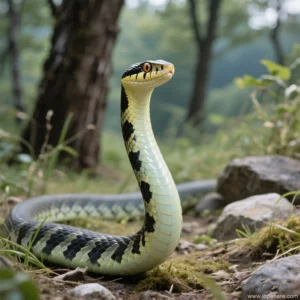Live vs. Frozen Prey for Elaphe schrenckii: Which Is Safer and More Convenient?
Introduction: The Prey Debate
For anyone keeping snakes, one of the most fundamental decisions involves the type of prey offered. The long-standing debate often centers on live rodents versus frozen/thawed rodents. While wild snakes hunt and consume live prey, captivity presents a different set of challenges and priorities, primarily focusing on the health and safety of the captive animal. When considering a species like the beautiful Elaphe schrenckii, commonly known as the Amur Rat Snake, understanding the implications of each feeding method is crucial for responsible ownership. Here at lopehare, we are dedicated to providing comprehensive, professional knowledge for niche pets, and this topic is vital for ensuring the well-being of your Amur Rat Snake.
Live Prey Feeding: The Risks and Rewards
Feeding live prey might seem the most natural approach, mimicking the snake’s behavior in the wild. For some reluctant feeders, live prey movement can stimulate a feeding response that static, thawed prey might not. This can be a short-term solution under careful supervision for specific cases.
However, the significant downsides far outweigh this potential benefit for most captive snakes, including *Elaphe schrenckii*. The primary risk is to the snake itself. A live rodent, especially one larger than ideal, is capable of fighting back. Rodents have sharp teeth and claws and can inflict serious, even fatal, injuries to a snake. Bites can lead to severe infections, abscesses, eye damage, and internal trauma. These injuries often require expensive veterinary intervention and can cause lasting health issues.
Safety First: Never leave a live rodent unattended in a snake’s enclosure. If feeding live is deemed necessary (a rare circumstance, ideally avoided), supervise the entire process closely and remove the rodent immediately if the snake does not strike or shows no interest after a short period.
Beyond safety, there are ethical considerations. Feeding live rodents to a captive predator when a safe, readily accepted alternative exists is viewed by many as unnecessary and potentially inhumane to the prey animal.
Frozen/Thawed Prey Feeding: Safety, Convenience, and Adaptation
Frozen/thawed prey is the overwhelmingly recommended method by veterinarians, experienced keepers, and professional organizations for the vast majority of captive snakes. The benefits are numerous:
- Safety: Thawed rodents pose no threat of injury to the snake. This eliminates the risk of bites and trauma.
- Convenience: Frozen feeders can be bought in bulk and stored easily in a freezer, eliminating the need for constant trips to acquire live food and managing their care (housing, feeding, cleaning).
- Availability & Cost: Frozen feeders are often more readily available in various sizes and can be more cost-effective when purchased in bulk.
- Hygiene: Storing frozen feeders is generally more hygienic than housing live rodents.
- Nutrition: Crucially, frozen/thawed feeders can be effectively “gut-loaded” before freezing (by feeding the rodent a nutritious diet) or dusted with appropriate supplements just before feeding to ensure the snake receives all necessary vitamins and minerals, something less practical with live feeders intended for immediate consumption.

The main challenge with frozen/thawed prey is convincing a snake accustomed to live food to accept it. However, techniques like warming the prey, “braining” (exposing brain tissue to enhance scent), or using feeding tongs to simulate movement can help transition a snake. Patience and persistence are key.
Elaphe schrenckii Specific Considerations
*Elaphe schrenckii* are generally known to be good feeders in captivity. While individuals may vary, most can be readily switched to or started on appropriately sized frozen/thawed rodents (mice or small rats, depending on the snake’s size). Their natural hunting behavior, while involving live prey in the wild, does not make them inherently unable to accept pre-killed food.
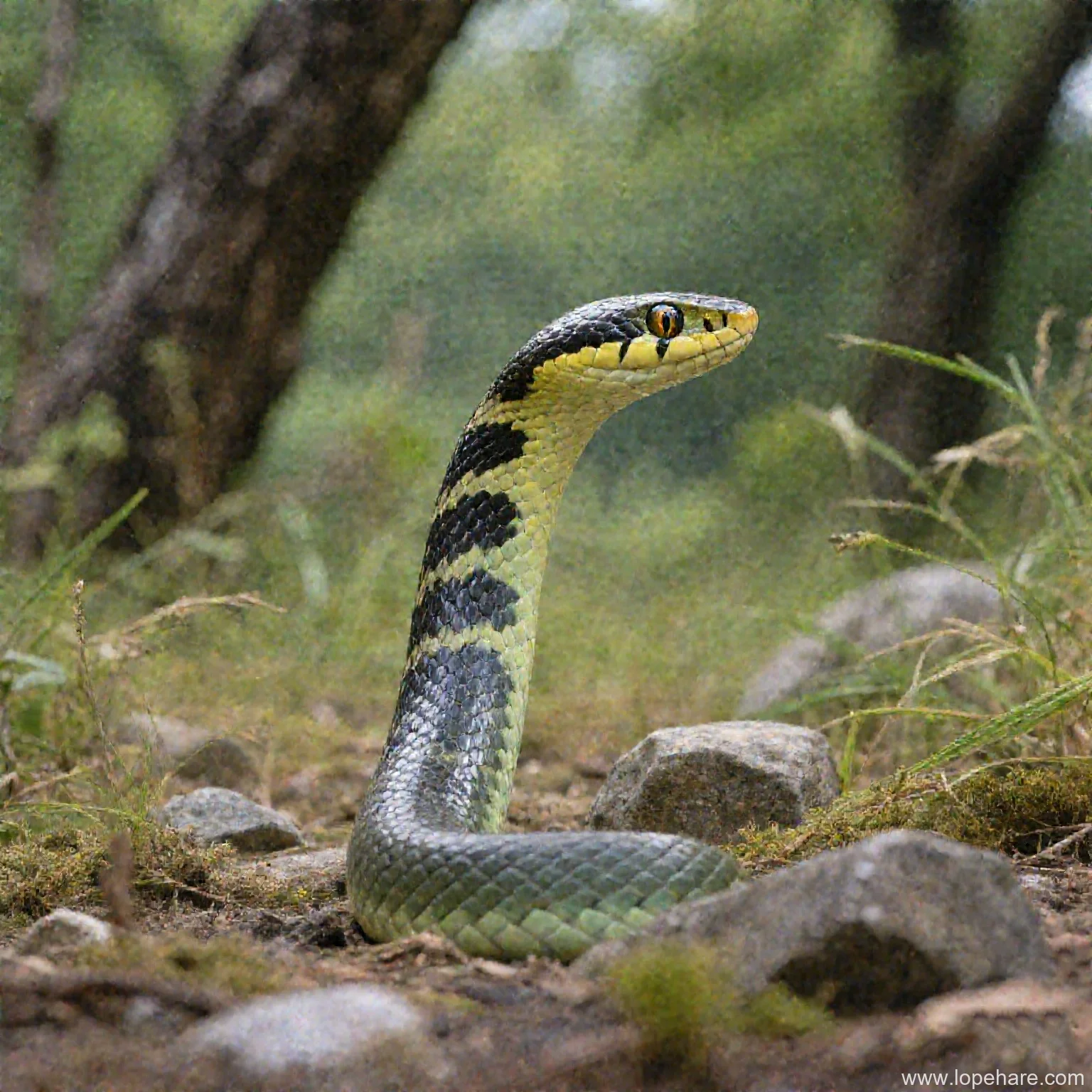
Given their generally docile nature and adaptability to captive environments, the benefits of feeding frozen/thawed prey to an Amur Rat Snake are particularly pronounced. You can significantly reduce the risk of injury while ensuring a consistent, nutritious diet.
For more detailed guidance on general snake pet care, including feeding protocols and environmental setup, our site provides extensive resources.
Safety vs. Convenience: A Direct Comparison
Let’s summarize the core trade-offs:
- Safety: Frozen/Thawed (★★★★★) vs. Live (★★☆☆☆ – significant risk of injury)
- Convenience: Frozen/Thawed (★★★★☆ – buy bulk, store easily) vs. Live (★★☆☆☆ – frequent purchase, requires care, potential escape risk)
- Natural Behavior: Live (★★★★☆) vs. Frozen/Thawed (★★★☆☆ – can simulate movement)
- Nutritional Control: Frozen/Thawed (★★★★★ – easy to supplement) vs. Live (★★★☆☆ – difficult to supplement prey before feeding)
Our Recommendation at Lopehare
Based on decades of collective experience in reptile husbandry and the clear evidence regarding safety and convenience, lopehare unequivocally recommends feeding appropriately sized frozen/thawed prey to *Elaphe schrenckii*. While transitioning a snake might require patience, the long-term benefits for the snake’s health, your peace of mind, and the practicality of care are invaluable.
Best Practice: For young or new Amur Rat Snakes, always attempt to start them on frozen/thawed prey. This prevents them from becoming imprinted on live food, making future feeding much safer and simpler.
Conclusion: Making the Right Choice
Choosing the right food source is one of the most impactful decisions you’ll make for your Amur Rat Snake’s health and longevity. While live feeding exists as an option, the risks it poses to the snake far outweigh any perceived benefits for routine feeding in captivity. Frozen/thawed prey offers a safer, more convenient, and nutritionally controllable diet, aligning perfectly with responsible, modern reptile keeping practices. By opting for frozen/thawed, you are making a conscious choice to prioritize the safety and well-being of your Amur rat snake feeding guide and overall health.
For the dedicated enthusiast, mastering the transition to frozen/thawed feeding is a worthwhile effort that contributes significantly to a long and healthy life for your magnificent *Elaphe schrenckii*.
References
- Wikipedia – Elaphe schrenckii
- General consensus among exotic animal veterinarians and experienced herpetoculturists regarding the risks of feeding live prey.
